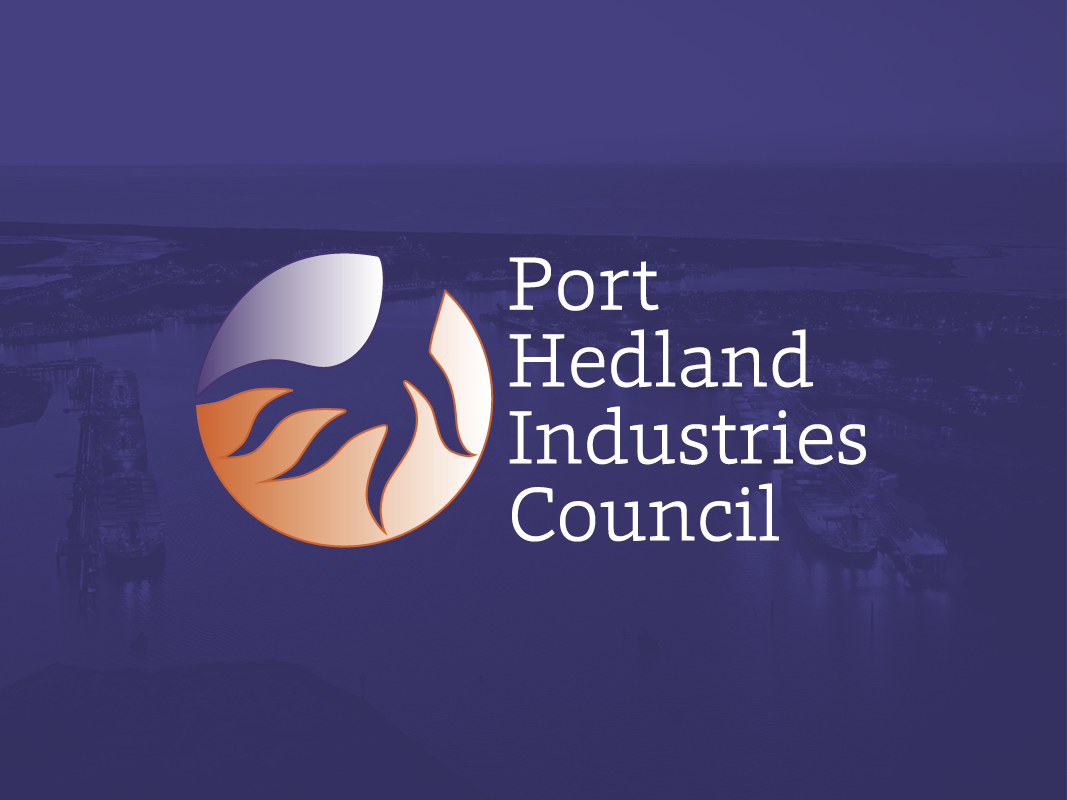Questions continue to be raised about the use of LiDAR as a tool to monitor and measure dust in Port Hedland and why the National Environmental Protection Measure standards for ambient air quality are not used.
To date three studies in Port Hedland have tested LiDAR as a method of determining and mapping atmospheric dust.
These studies have highlighted specific limitations of LiDAR, which appear to be exacerbated where there are multiple dust sources, as is the case in Port Hedland.
It is important to note that the red areas shown on some LiDAR images do not indicate high levels of dust.
LiDAR measures all particulate matter in the atmosphere. It does not differentiate between types of particulate matter including dust (PM10, PM2.5), water vapour, and other suspended particulates and solid objects.
When the LiDAR beam intersects with infrastructure (buildings, equipment) at the elevation plane of the LiDAR monitor, the heat map appears as red and could be interpreted as dust particles. That is, the visual representation is not accurate and can easily be misread.
On the NEPM standards, the guideline of 70µg/m3 PM10 (24-hour average) used in Port Hedland was based on the WA Department of Health 2016 Health Risk Assessment and the advice of the Port Hedland Dust Management Taskforce.
The NEPM standards for Ambient Air Quality are based on an urban environment.
The Health Risk Assessment demonstrated that there would be minimal additional health benefits from adopting the NEPM standard of 50 μg/m3 for particulates (PM10) measure at the existing population level.
More information on LiDAR and the NEPM standards as well as answers to many frequently asked questions are available on the PHIC website.
Read more on air quality here – https://www.phic-hedland.com.au/index.php/sustainable-approach/faqs-air-quality/
Read more on the value of the port here – https://www.phic-hedland.com.au/index.php/growing-together/faqs/


